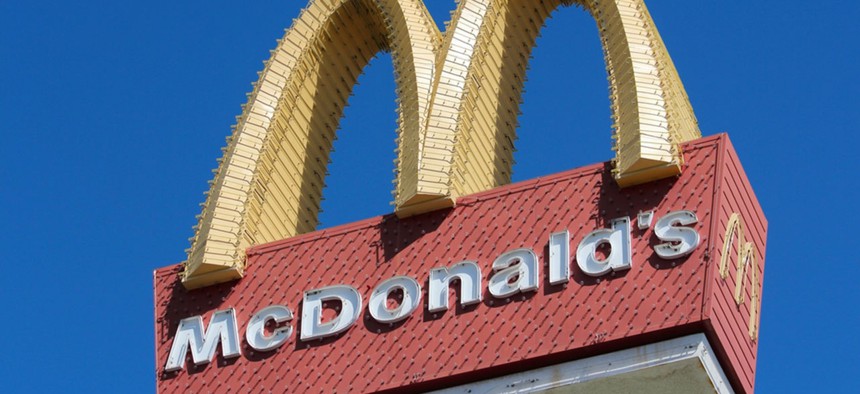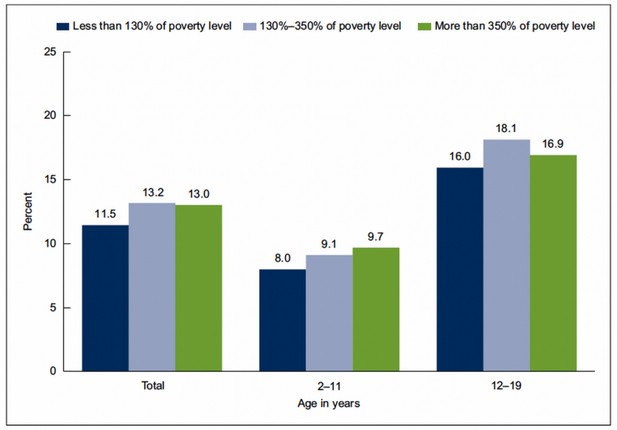
Tupungato / Shutterstock.com
CDC Study Shows Everyone Eats Fast Food Equally
A new report further debunks the misconception that low-income Americans are the biggest consumers of quick-chain fare.
Among many moth-eaten perceptions about the American diet is one that links the disproportionate consumption of fast food to low-income families.
Back in 2011, a national study by a team at UC Davis concluded that as American salaries grow into the upper echelons of middle income, so does fast-food intake. “Low prices, convenience and free toys target the middle class— especially budget-conscious, hurried parents— very well,” wrote professor J. Paul Leigh, the senior author of the study. He adds that fast food is most popular among the people who are less likely to be obese.
But could that possibly be true? According to a 2013 Gallup study, the fries don’t lie:
[F]ast food is hardly the province solely of those with lower incomes; in fact, wealthier Americans—those earning $75,000 a year or more—are more likely to eat it at least weekly (51%) than are lower-income groups. Those earning the least actually are the least likely to eat fast food weekly—39% of Americans earning less than $20,000 a year do so.
Now a new study, this time by the Centers for Disease Control and Prevention,weighs in on the matter. While the national survey did show that on a given day,roughly one-third of American children will eat fast food, the breakdown among income levels is pretty even.
Mean Percentage of Fast-Food Calories (Poverty Level and Age)

CDC
As Roberto Ferdman points out in The Washington Post, “it’s the poorest kids that tend to get the smallest share of their daily energy intake from Big Macs, Whoppers, Chicken McNuggets, and french fries.” With the lowest-income families suffering the most disproportionately in the national obesity epidemic, knowing what Americans eat is a crucial part of addressing the problem.
If these studies don’t convince you, consider what happen when the availability of fast food is limited. Back in March, we noted that years after the passing of an admittedly flawed ban on fast-food restaurants in South Los Angeles—the part of the city with the highest obesity rates—the ordinance had not only failed to slow the epidemic, but actually coincided with an inordinate speeding up of area obesity levels.
Some researchers suggest that it’s actually supermarkets, those ammonia-dusted empyreans and oft-cited silver bullets, that play an outsized role in the national obesity problem. That’s not to say that fast food is good for you, but rather that Americans having cheap access to sugary goods might be a bigger problem.
At the very least, the discourse about what causes obesity, particularly among lower-income Americans, deserves some tempering.
(Top image via Tupungato / Shutterstock.com )






